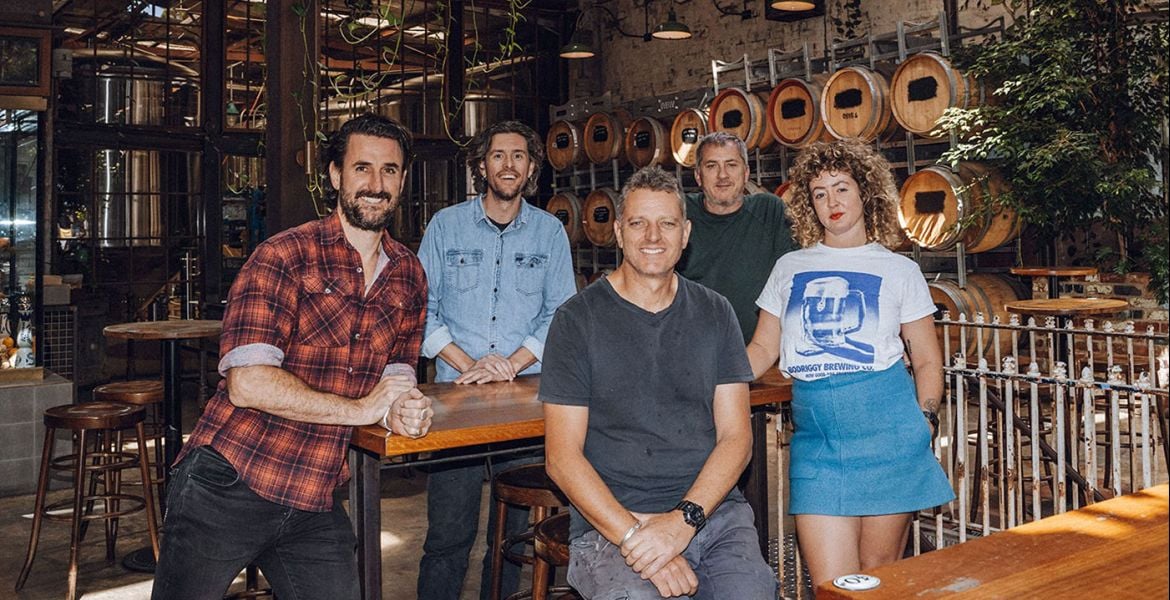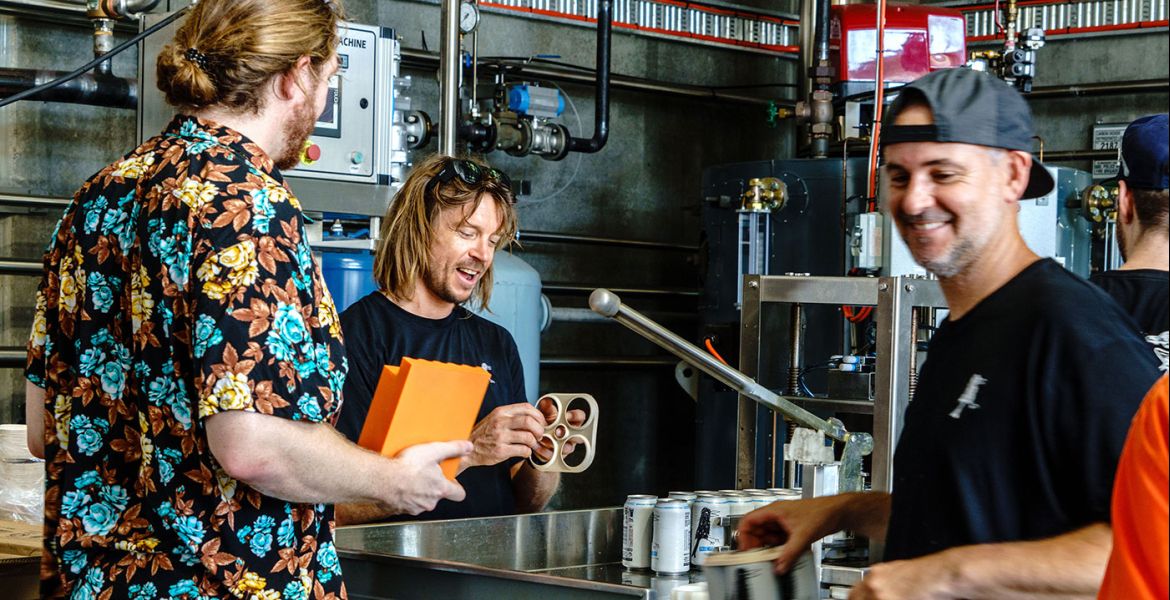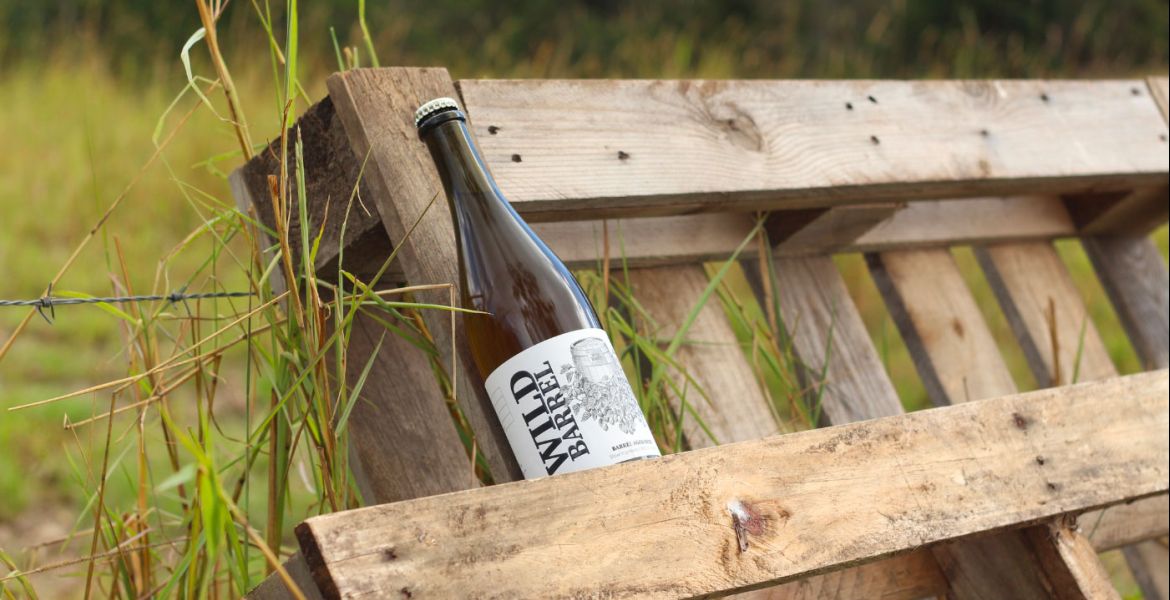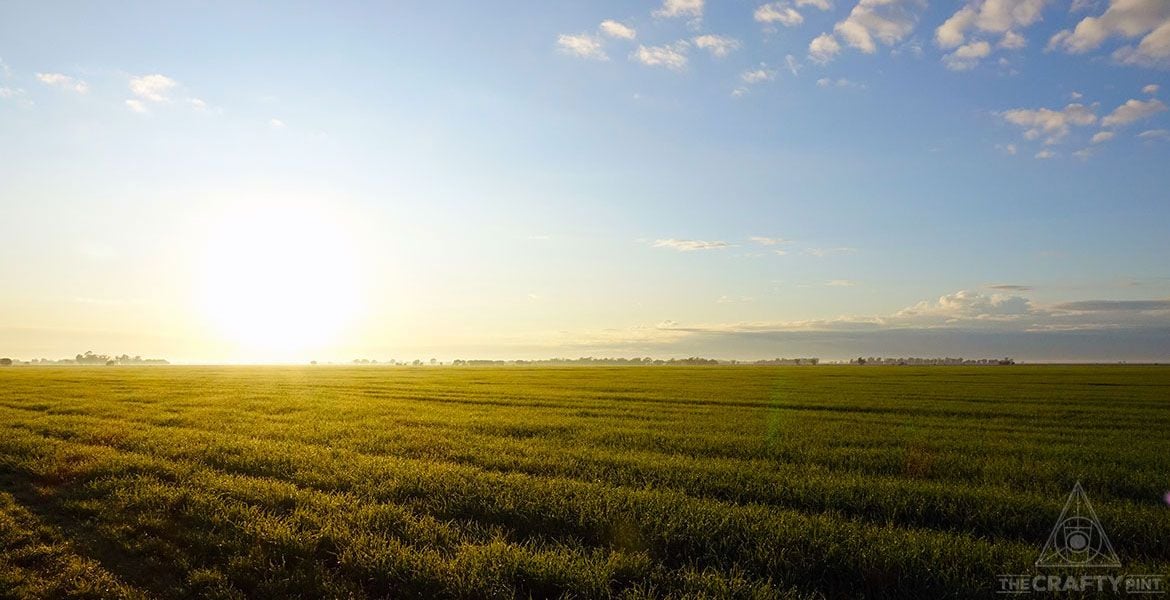Welcome to the start of a new year and, for those not waiting for the start of 2021 to declare it, a new decade.
Usually at this point in this article, I'd be taking a look back at the predictions and pontifications we made a year ago. But it turns out I didn't write a Through The Looking Glass on January 1, 2019; no idea why it was skipped but at least it avoids the possibility of looking a total mug – at least until January 1, 2021.
So, it's straight into the third of our attempts to gaze into the future of the local beer world, albeit one in which it goes without saying that any look into the future right now isn't complete without hoping everyone out there is staying as safe as can be as the country burns. It can feel trivial writing about beer when there are families clinging to each other not knowing if they'll survive to see another day; but we can't give up hope and instead need to find ways of being better in our personal and professional lives so the risk of such catastrophic incidents can be reduced over time.
Sustainability
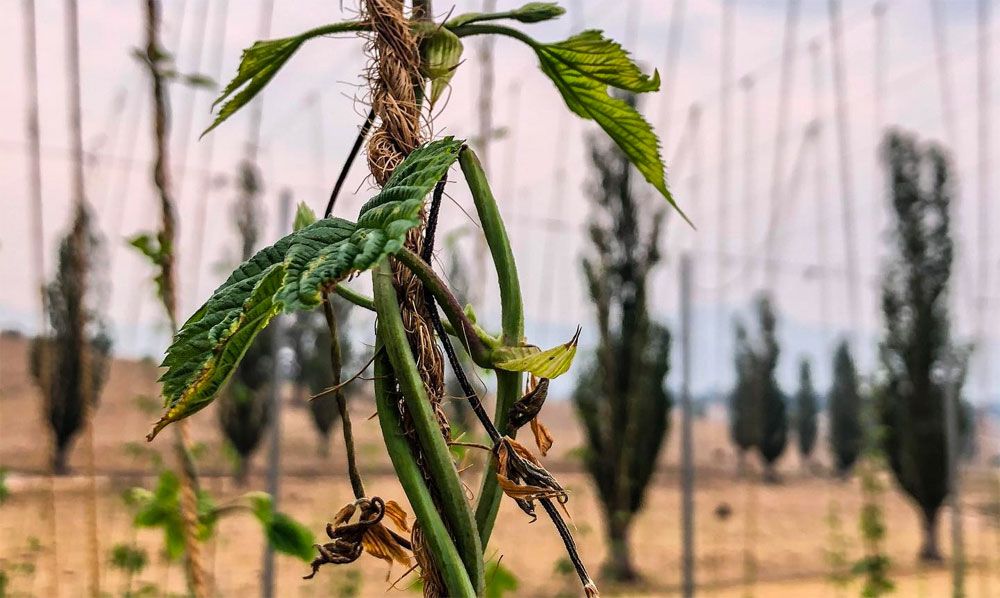
Sustainability has been a topic of ever greater discussion and focus in the beer industry for years now. Whether it's in terms of building sustainable businesses that have longevity and can give owners and their staff a balanced life, or in terms of environmental sustainability – through reduced water and power usage, the use of local or organic products, reducing waste at venues, and so on – it's nothing new. But it is becoming increasingly crucial.
We'll address business sustainability later, but when it comes to beer and brewing's impact on the environment one can't ignore the fact making beer is an intrinsically energy-hungry process or that, on the other hand, drinks can, as Topher Boehm of Wildflower put it to me in an interview for a forthcoming James Halliday Wine Companion article, "be great conversation starters for a lot of things" such as sustainability.
It's nearly four years since we reported on Young Henrys' Drought Draught collab with the Climate Council – a project designed to show how beer might turn out when brewed with drought affected crops – and it feels like that future nudges ever closer. If you follow the work of Ryefield Hops, the organic growers in southern New South Wales, you'll have seen how bleak things are looking for them – and the photo above was taken before the fires closed in on their property in Bemboka. They're not alone in facing up to the threats of a changing climate either.
There are breweries taking steps to reduce their impact on the planet in many ways – we plan to highlight more of them in our ongoing Going Green series – and it's only going to become a more central part of the conversation around beer, here and overseas. It's not feasible for everyone to grow and process their own ingredients then sell them at their farm venue, but there are options people can weigh up every step of the way, from raw materials to distribution, packaging, buying habits and so on. The move back to hyperlocal brewing and drinking at your local breweries plays well into this, albeit arguably less so if they're sourcing their hops, malt and yeast from the other side of the planet...
The reaction in some quarters to our decision to run the No Beer On A Dead Planet campaign, inspired by Jessie Jungalwalla of Craft Instinct, ahead of the global Climate Strike action last year shows how far we have to go to convince many people of the need to change. But thanks in part to beer's ubiquity in so many societies, its ability to act as a conversation starter, and the fact the craft beer community is inhabited by a greater proportion of people who give a shit than the general public as a whole, we can hopefully play some sort of meaningful role in this change.
It Ain't Easy Being Indie
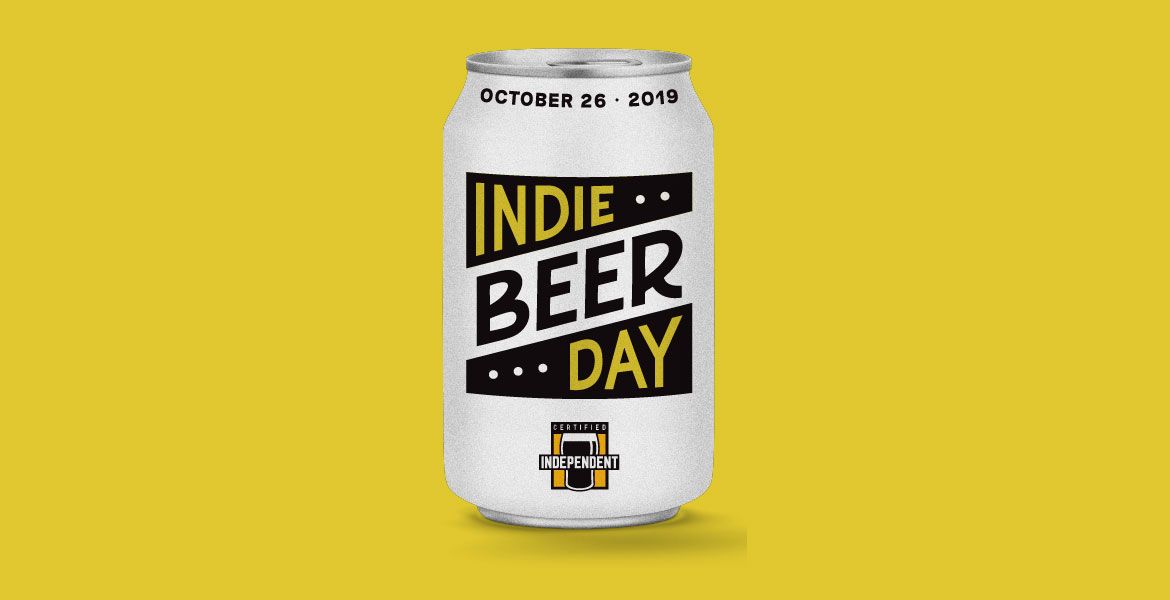
Should Asahi's purchase of CUB from AB InBev be approved in the coming months, there's a chance in time you could walk into a pub with a one hundred percent Asahi / CUB contract and be faced with a choice of beers from Mountain Goat, 4 Pines, Pirate Life, Green Beacon and Balter – all operations that have scooped up a ridiculous number of major trophies in the past half decade. We wait to see what happens with the new old Matilda Bay too.
There are already Lion / Kirin venues where you can pick from Little Creatures, James Squire, White Rabbit and Panhead, while the Australian wing of the global giant continues to launch its own smaller brands around Australia and, overseas, the parent company has been buying big. Take into consideration the incentives on offer to publicans of signing up to such deals and you can understand why many might find it an attractive proposition even in this much-changed beer landscape.
It's just one of the many challenges that face smaller, independent breweries in this coming decade. Whether Big Beer keeps adding to its collection of craft brands or not, there's now around 700 independent brewing companies of all shapes and sizes theoretically "all in it together" but, in many cases, also in direct competition for taps and fridge space.
We've already seen some cease operations, others put up for sale or openly seeking investment, and further rationalisation – or, as Will Irving of Feral (now owned by Coca-Cola Amatil, of course) put it on this site recently, reaching "the tipping point" – seems far more likely than not.
I'm sure there are some out there flying the indie flag but finding life gets no easier over time who would welcome an approach from a multinational with open arms. Or who might be casting an eye at the likes of "craft accelerator" Founders First or Tribe Breweries and its band of brands, or wondering whether the Good Drinks group launched by Gage Roads or Stone & Wood's Fermentum family might be looking for external acquisitions. Meanwhile, equity crowdfunding campaigns have to date proved far from a foolproof means of sourcing additional funds.
The challenges are likely to be felt most keenly in the middle, where breweries can feel the squeeze from below, from hyperlocal or niche operations, and from above, from bigger indies as well as the actual big brewers with better economies of scale and bigger marketing budgets. One question many may well be asking is at which stage are you too big to stay small, and when are you too small to step up to become big? In the latter case, arguably everyone not already on that trajectory.
While my travels around Australia suggest the Independent Brewers Association (IBA) still faces considerable challenges persuading many of its potential members – particularly those not on the East Coast – to get on board, the association has notched a number of notable achievements in 2019. The merger with Good Beer Week was completed after another successful festival in May; BrewCon in September was the biggest yet; the inaugural Indie Beer Day took place in October; and much has been done in terms of providing advice to the industry and ongoing advocacy for the indie beer sector.
Faced with the challenges of a super-charged duopoly, the need to get across a clear message to drinkers – just why should they drink beer from independent Australian breweries? – will be crucial in the 2020s. It's far from easy, of course; for those won over by the fact it takes more people to make a litre of small scale, independently brewed craft beer than a litre of beer from an industrial brewer, there will be those who regard that as mere inefficiency. Some will be swayed by the fact small brewers are paying their fair share of tax rather than avoiding it, or that the parent company of the beer brand in their hand isn't connected with genocide in Myanmar.
Many individual breweries do a great job of promoting their own business and fostering a community around what they do; the example from Tasmania recently where several small breweries banded together to win the contract to pour beers at the Taste of Tasmania shows what can be achieved by combining your clout too. The ability of the independent beer industry as a whole to do the same on a national scale will go a long way towards defining the look of beer in Australia a decade from now.
The Liquid
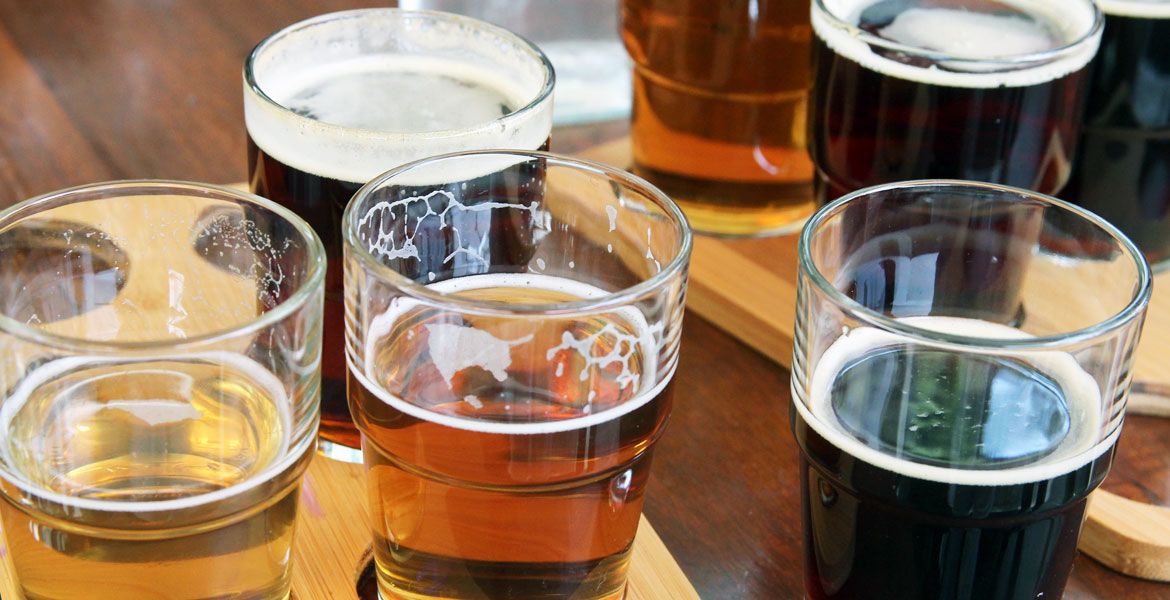
Of all the things you could try to predict in the beer world today, the next beer style(s) to take off is perhaps the most foolhardy of all endeavours. Of those to come to the fore in recent years, the haze appears to have moved beyond mere craze, while Brut seems more likely to get the boot, fruit in its myriad beery forms seems to be very much here to stay (despite the odd exploding can and bottle), while surely milkshake IPAs – at least at the novelty end of the spectrum – will be filed alongside black and white IPAs before long.
While we wait to see if traditional beer styles that had survived the lager revolution in their own parts of the world only to be crushed outside their homelands by the rise of craft – British, Belgian and German ales, in particular – will make a return, we also wait to see if hard seltzers will enjoy similar success to that current being experienced by boozy soft drinks in the US. There are a few small brewers here experimenting with them on tap (just as many have added ciders and ginger beers to their lineups over the years), no doubt hoping to ride the wave if it does crash on these shores. Pirate Life have just tapped a mid-strength Hard Green Tea too, not something you'd have predicted from them in their early years.
But, as with previous years, it's more likely to be a case of more of (almost*) everything (*see paragraph above). In particular, faced with changing lifestyle habits and a growing section of the craft beer drinking population getting older and having families, the rise of the mid-strength or lower ABV beer we've addressed in the past looks set to continue. The use of fruit, acidity, dry-hopping or other adjuncts – not to mention people simply getting better at brewing – means this part of the beer sphere is more exciting than it ever has been too.
Expect to see more innovation, not just in recipe development but in the development and use of new hops, yeasts and malts, a growing understanding of how they can work together in different ways and at different stages of the brewing process. Don't be surprised, away from the madness, to see more people focusing on trying to perfect a lager or approachable pale that will help them reach a broader market.
And, of course, at the really pointy end we're particularly looking forward to more "cuddle sours" – barrel-aged and blended wild and farmhouse style ales and hybrids, not least because when done well they're like nothing else, but also because there's something so romantic about that whole goddamn approach to making beer.
The Look
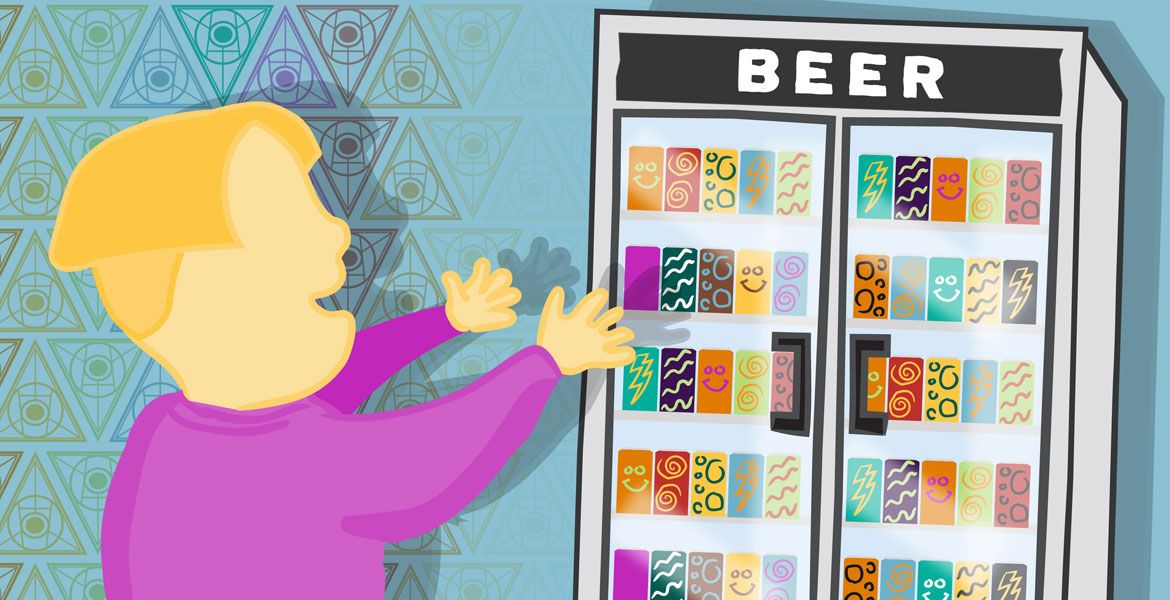
It's been said many times before that it takes much more than great beer to build a successful brewing business these days; the ability of Pirate Life and Balter to create appealing lifestyle brands around their beers played a significant part in their rapid rise from launch to fame to acquisition.
We've addressed branding and marketing on numerous occasions on this site before too, and watched as scores of breweries have rebranded either as a whole or changed the names of existing beers to move with the times, so we won't go over old ground here. But, as competition grows and the audience for craft beer broadens, the challenges here evolve too, whether that's the ability to stand out in a fridge or being on top of your PR and social media policies to ensure there are no missteps that could damage a business and attract unwanted media attention.
To an extent, 2019 was the year of ABAC, the independent regulator that's been busier than ever dealing with complaints about cans that appeal to minors, or promotions that could cause offence or encourage excessive drinking. When you're living within the beer bubble – one in which Australian Brews News have been writing extensively about ABAC cases whether complaints are upheld or not – it can be hard to objectively estimate the impact their (non-binding) rulings have on the wider world. But if the intention is for craft beer to go from a maturing to a mature and respected industry the fewer cases of beer deemed to look like a soft drink to hit the mainstream media the better.
It may come to the point where the workings of the system – whereby all complaints are made anonymously, need only come from one person, and have to be assessed by the panel – requires assessing itself. Already, there are some in the industry who feel it is, at times, being abused by people with an agenda other than concern about whether a minor might pick up a beer.
Admittedly, ABAC's panels do tend to treat marketing with a fairly soft touch. But, with craft beer finding itself before more eyes, some of those observers will place different values on alcohol compared to the more dedicated craft beer drinker and thus be less understanding or forgiving.
At the same time, faced by the growing artillery of the duopoly and a noisier marketplace, brewery owners need to find a way to catch people's attention if they don't have successful flagship beers, a niche audience or are starting out. Thus, one can understand the appeal of "stunts", for want of a better word; judging the qualities of any stunt will be something requiring as much balance as a great beer.
One growing means of broadening a brewery's appeal with rather less potential for controversy is the trend towards sub-brands – see Beatnik from Hargreaves Hill, Counter Culture from Stone & Wood, Fermentarium from Rocky Ridge and Bright Tank, or the Atomic Beer Project spin-off from Gage Roads, for example – or well defined series of beers within a brewery's oeuvre. While I'm sure they'd love to be selling vast volumes of their CAW range of pilsner, pale and IPA, 3 Ravens' renaissance in recent years owes much the launch of series such as the Juicy IPAs and Wild Ravens, while their recently released Nat Rav beer-wine hybrids will likely find them a home with another niche of drinkers.
There is a flipside to this, however. We're in an era in which many brewers release beers across a huge spectrum, chasing whatever is causing a buzz on Instagram or in Facebook groups that week. It can make short term business sense and some smaller operations, particularly brewpub based, have that ability and freedom. But, as well as the challenges of always coming up with new ideas and then trying to nailing them first time, there's a danger your brand becomes indistinguishable from all the others following the same path.
Having a story people can believe in is one of craft beer's great strengths; if drinkers or retailers have no idea what you stand for other than satisfying the whims of a tiny percentage of consumers, you've lost a vital string to your bow.
Quality
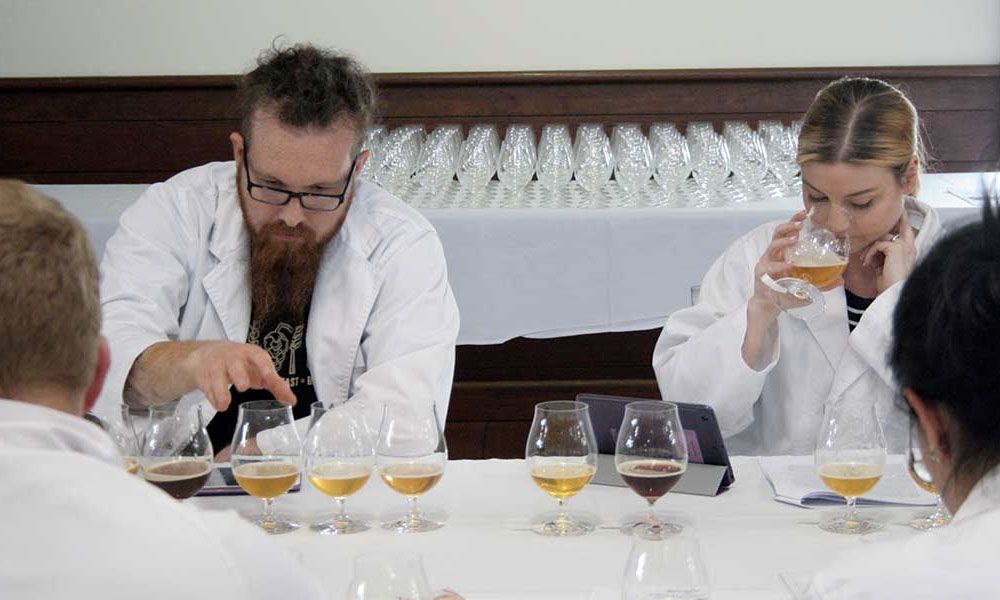
It's the mantra of many in the beer world and something that will always appear in pieces like this. But it appears here in a somewhat evolved manner. Quality is higher than it has been in Australia since the modern craft beer world started taking shape in the 80s. But it needs to be and has to both stay that way and keep striving to be better; good breweries are still going through product recalls, after all (although it was a feisty fermenting bottle of Sriracha that nearly took my top lip off as 2019 drew to a close...).
It goes without saying that if you're making substandard beer in 2020 you're not long for this beer world. But what we're seeing, and will only continue to see more of, is a greater focus on and investment in quality within breweries: the building of labs, the education of staff, the use of external experts. It's an area in which the IBA is providing support to members – and an issue we addressed both via a Big Issue article and when Will Ziebell took a ride-along in an RV with Lallemand's quality guru VB.
Aside from the quality of beer and education within all facets of the beer industry, in which it's encouraging to see so many venues now putting staff through Cicerone courses, there will likely need to be greater attention paid to the quality of individual businesses. Given the high profile media coverage around wage theft and treatment of employees in the wider hospo world, how long before something blows up in an industry where working for free to get experience or putting in lengthy periods of unpaid overtime because it's a "passion" industry is pretty commonplace?
Local and not so local
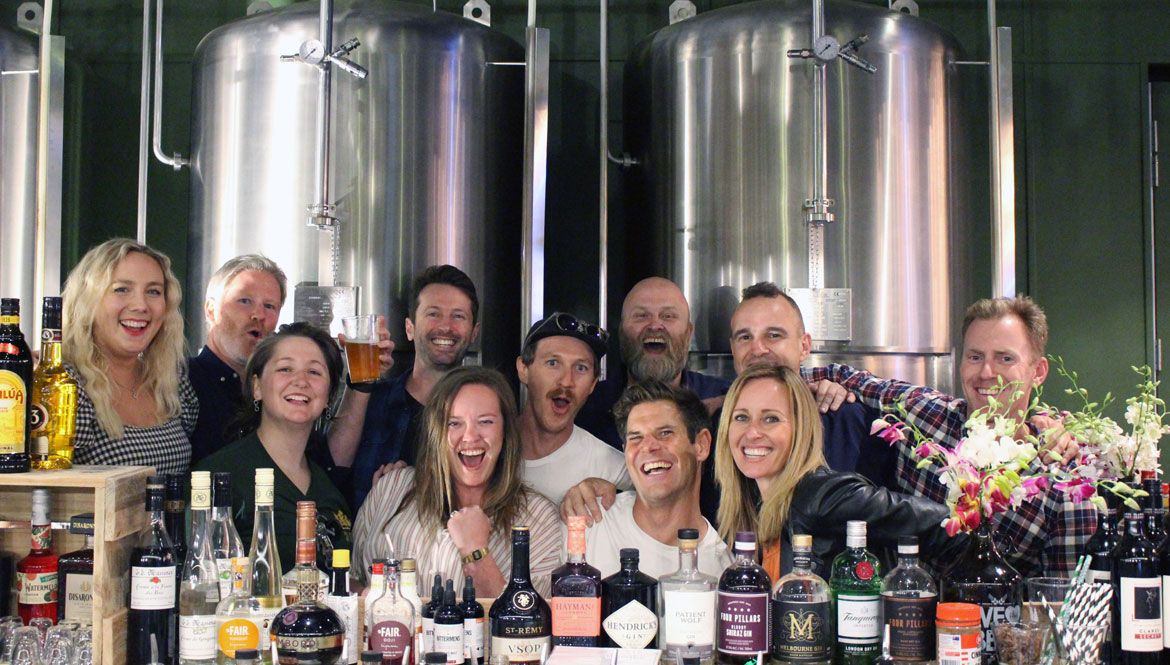
Small and local is the most likely model for success in the world of brewing these days, at least according to the majority of people who give such things thought. You can see the impact successful brewpubs or taprooms can have on a community, whether they're standalone like the newly-opened Seasonal Brewing Co in Maylands, WA, or part of a wider gang like those in Sydney's Inner West or around Collingwood and Abbotsford in Melbourne.
We'll see more such operations opening in suburbs and regional towns and cities alike; what we're also seeing is some companies looking to take their beers and vibe to other parts of their home state – or further afield – and looking to become a local somewhere else. Lion have been doing it with the James Squire franchises for years and now operate the likes of Eumundi, Bevy and Tiny Mountain, while Pirate Life will open a brewpub in Perth this year, Gage Roads are entering Sydney with their Atomic Beer Project's brewery in Redfern, Stomping Ground will have three locations around Melbourne soon, and Moon Dog are already eyeing up their next venue now Moon Dog World is open.
Leading the way, however, are 4 Pines. They now have fifteen venues of one sort or another in New South Wales, Queensland and Victoria – some they launched themselves, some made possible by their sale to CUB; some brewpubs, some branded bars – and won't be stopping there, seeing themselves as a provider of quality hospitality as much as a brewer of award-winning beers.
Add in the breweries that have explored interstate markets only to decide it's likely less effort and better for the beer to retreat to their home turf plus those looking to source as much of their ingredients locally and "local" is becoming a world with many layers.
Care In The Community
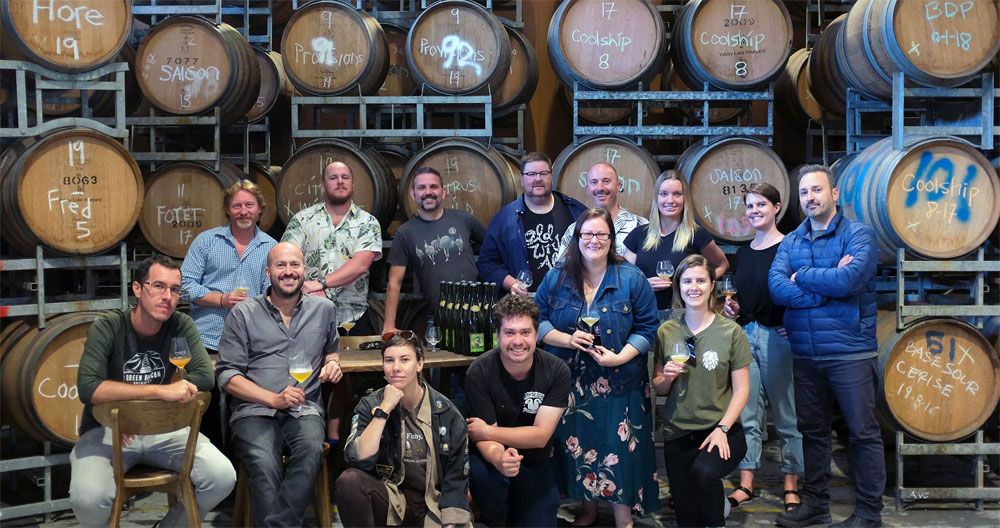
While working on the 25 articles that made up our end-of-decade Advent Calendar series, there were a few common themes that cropped up throughout the answers. As well as many calls for a slowing of the chase for the new, there were plenty of people talking about wanting to take better care of themselves or find better work-life balance. (Sat here writing this at 2.50pm on New Year's Eve, having started work at 5.30am, I know I'm nailing that, at least...)
Willie Simpson perhaps put it most starkly: "I’m constantly concerned about the physical and mental health of craft brewers. There’s a strong macho streak in parts of the industry that basks in the bravado of long working days and a gung-ho attitude to life. Here in Tassie we’ve had the tragic example of a colleague who took his own life. We need a more supportive, nurturing culture."
Such a culture is found throughout the wider hospo world too. What has been encouraging has been the growing openness with which people are discussing such issues, and a growing awareness of the need to keep checking in on the people around you. At the same time, it's been quite confronting to realise just how many people have suffered in some way in recent years, only then to look back over time and go: "Oh yeah, that kind of makes sense now."
Attitudes towards mental health are changing in wider society, slowly for sure, but changing. As with sustainability above, I'd like to think the relatively forward-thinking and progressive craft beer world can help lead with this; there have been events at various beer weeks already, among other notable events and campaigns, while our friends at Craft Beer Coopery look to encourage mates to check in on each other while sharing beers.
We write often about the beer "community" and it is part of what makes the industry such a wonderful place to work, drink, and cover on this site, albeit one that would benefit from greater diversity. Gathering many of the wider Crafty team for a long weekend in November to get to know each other better while learning and having fun was an incredible reminder of that (even if the subsequent Monday and Tuesday were a reminder of alcohol's ability to alter your mood down as well as up in the short-term...).
With so much of our communication done via texts, emails or social media, it's easy to become disconnected; prior to that weekend, everyone who came along at least knew of the others – some conversed regularly online – but few had met. Spending time in one another's company took relationships to a new level (which are now maintained, of course, via social media).
Being a community means more than having a shared passion or interest, it means forming bonds, and looking out for others within the community. As challenges grow for small beer businesses, so will stresses, and beer will always be on hand. If a friend who cares for you is just as easily on hand, hopefully we can avoid any more tragic examples.
Yes, I appreciate the image at the top of this article is a crystal ball rather than a looking glass; we thought we'd shake things up a little.




